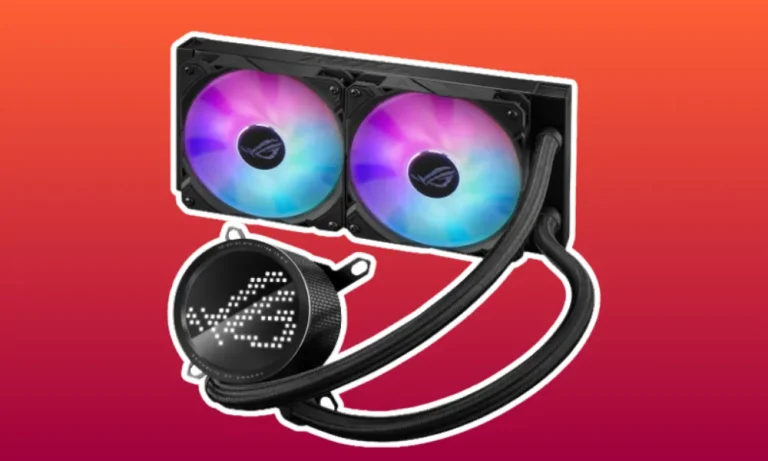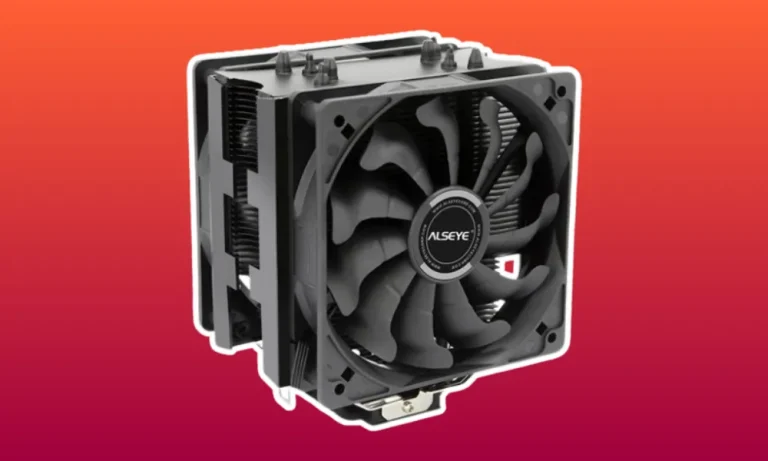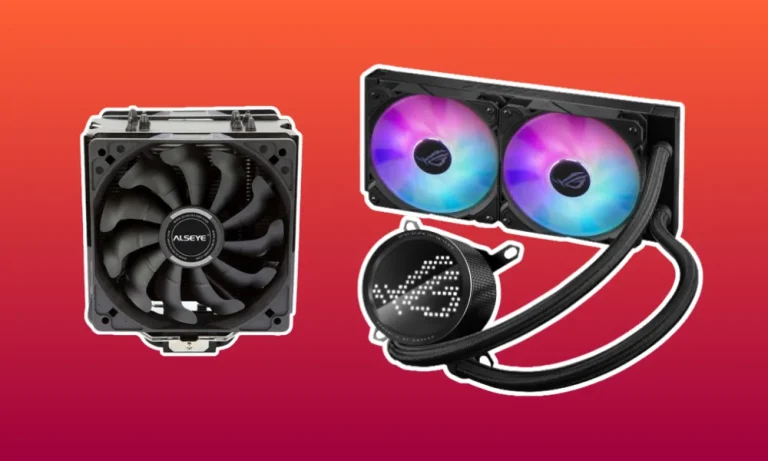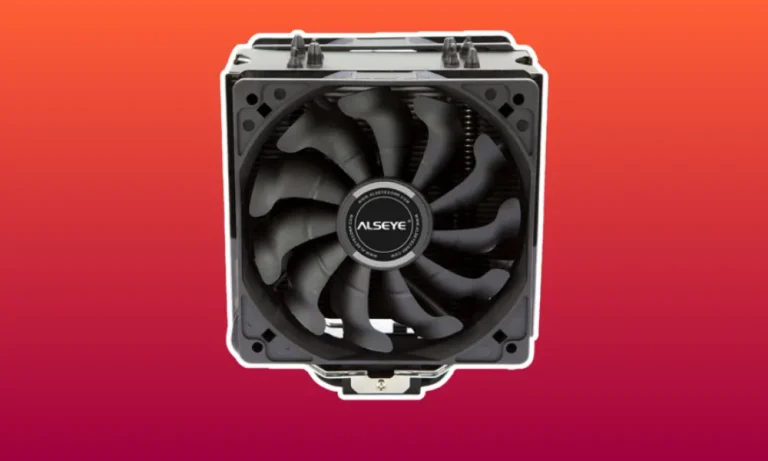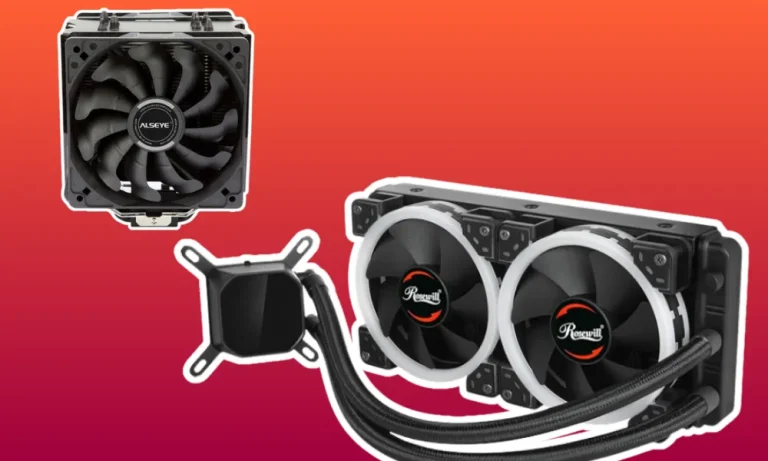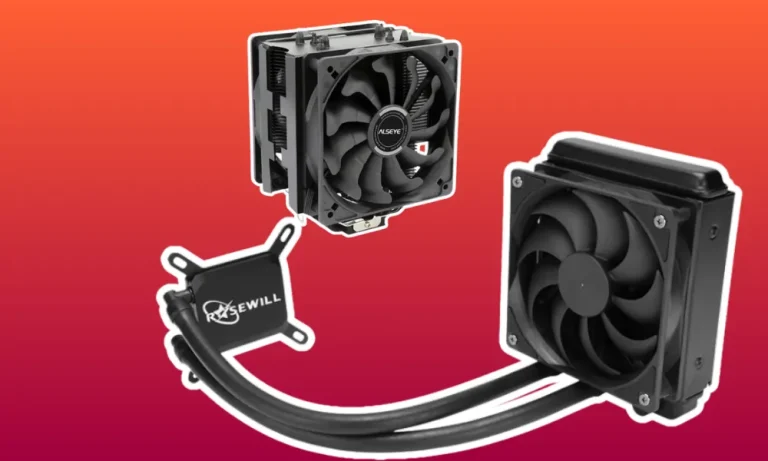Do CPUs Come With Thermal Paste?
When it comes to CPUs and thermal paste, many tech enthusiasts find themselves scratching their heads. What exactly is thermal paste, and does it come included with your CPU?
In this article, we’ll dive into the fascinating world of thermal paste, uncover the truth, and explain why it matters for your CPU’s performance. Let’s get started!
Do CPUs Usually Come With Thermal Paste?
When it comes to purchasing a CPU, one common question that arises is whether it comes with thermal paste. Well, the answer is that CPUs typically do not come with pre-applied thermal paste.
Why is that? The reason is simple: CPU manufacturers understand that different users have varying preferences when it comes to thermal paste.
By not including pre-applied thermal paste, they allow users to choose their preferred brand or type of thermal paste based on their specific needs.
However, it’s important to note that there are exceptions to this general rule. Some retail-boxed CPUs or integrated CPU cooler bundles may include a small tube or packet of thermal paste in the package.
This is often the case with higher-end or specialty CPUs where the manufacturer wants to ensure that users have access to quality thermal paste.
If you’re purchasing a CPU without thermal paste included, don’t panic! Thermal paste is relatively inexpensive and widely available.
You can easily purchase it separately from computer hardware stores or online retailers.
5 Reasons for CPUs Not Including Thermal Paste
When it comes to purchasing a CPU, you may have noticed that thermal paste is not typically included in the package.
You might wonder why manufacturers leave this crucial component out. Well, there are several reasons behind this decision. Let’s explore them:
Personal Preference
Different users have different preferences when it comes to thermal paste. Some enthusiasts have their favorite brands or types that they trust for optimal performance.
By not including thermal paste, CPU manufacturers allow users to make their own choices based on personal preference.
Quality Control
CPU manufacturers focus on producing high-quality processors. However, the quality of thermal paste can vary between brands.
By leaving out thermal paste, manufacturers can ensure that users have the freedom to select a reliable and high-quality thermal paste that suits their needs.
Customization Options
Many users invest in aftermarket coolers or liquid cooling solutions for their CPUs. These cooling solutions often come with their own pre-applied thermal paste.
By not including thermal paste, CPU manufacturers give users the flexibility to choose their preferred cooling solution without wasting additional thermal paste.
International Shipping Restrictions
Some countries have restrictions on shipping products that contain certain substances, including thermal paste.
By not including thermal paste, CPU manufacturers can avoid potential shipping complications and delays for customers around the world.
Cost Considerations
Including thermal paste in every CPU package would increase production costs. By omitting thermal paste, CPU manufacturers can keep the price of their processors more affordable for a wider range of consumers.
5 Factors to Consider When Choosing Thermal Paste
When it comes to choosing thermal paste for your CPU, it’s important to consider several factors to ensure optimal cooling performance. Let’s explore the key factors you should keep in mind:
1. Thermal Conductivity:
Thermal conductivity is a crucial factor to consider when selecting thermal paste. It determines how effectively heat is transferred from the CPU to the cooler.
Look for thermal pastes with high thermal conductivity ratings to ensure efficient heat dissipation.
2. Viscosity:
Viscosity refers to the consistency of the thermal paste. It affects how easily the paste spreads and covers the CPU surface.
Ideally, you want a thermal paste with moderate viscosity that allows for easy application and ensures proper coverage without being too runny or too thick.
3. Durability:
Consider the longevity of the thermal paste. You want a paste that maintains its effectiveness over time and doesn’t dry out or degrade quickly.
Look for thermal pastes with good durability to ensure long-term stability and reliable performance.
4. Compatibility with CPU Materials:
Different CPUs may have different materials for their heat spreaders, such as copper or nickel-plated surfaces. It’s essential to choose a thermal paste that is compatible with the specific materials used in your CPU.
This helps prevent any chemical reactions or corrosion that could affect the CPU’s performance.
5. Price and Brand Reputation:
Lastly, consider your budget and the reputation of the thermal paste brand. While it’s not necessary to spend a fortune on thermal paste, investing in a reputable brand can ensure better quality and performance.
Read reviews and compare prices to find the right balance between affordability and reliability.
FAQs
1: Does every CPU come with thermal paste included in the package?
No, not every CPU comes with thermal paste included. Some CPUs are sold without thermal paste, requiring users to purchase it separately.
2: Is it necessary to apply thermal paste when installing a CPU?
Yes, thermal paste is essential for proper heat transfer between the CPU and the cooler. It helps fill in microscopic gaps and air pockets, ensuring efficient heat dissipation.
3: Can I use any type of thermal paste with my CPU?
While most thermal pastes are compatible with a wide range of CPUs, it’s important to check the manufacturer’s specifications and recommendations for your specific CPU model to ensure compatibility.
4: Why don’t CPU manufacturers include thermal paste in the package?
CPU manufacturers have various reasons for not including thermal paste. These include personal preference, quality control, customization options, international shipping restrictions, and cost considerations.
5: Are there any risks if I don’t apply thermal paste to my CPU?
Yes, not applying thermal paste or using an insufficient amount can lead to poor heat transfer, resulting in higher CPU temperatures and potential overheating. This can negatively impact the CPU’s performance and lifespan. It’s crucial to properly apply thermal paste when installing a CPU.
Conclusion
It’s important to note that CPUs do not always come with thermal paste included. While this may initially seem inconvenient, it actually allows users to have more control over their cooling solutions and choose the best thermal paste for optimal performance.
So, when installing a CPU, don’t forget to grab some thermal paste to ensure efficient heat transfer and keep your processor running cool.

